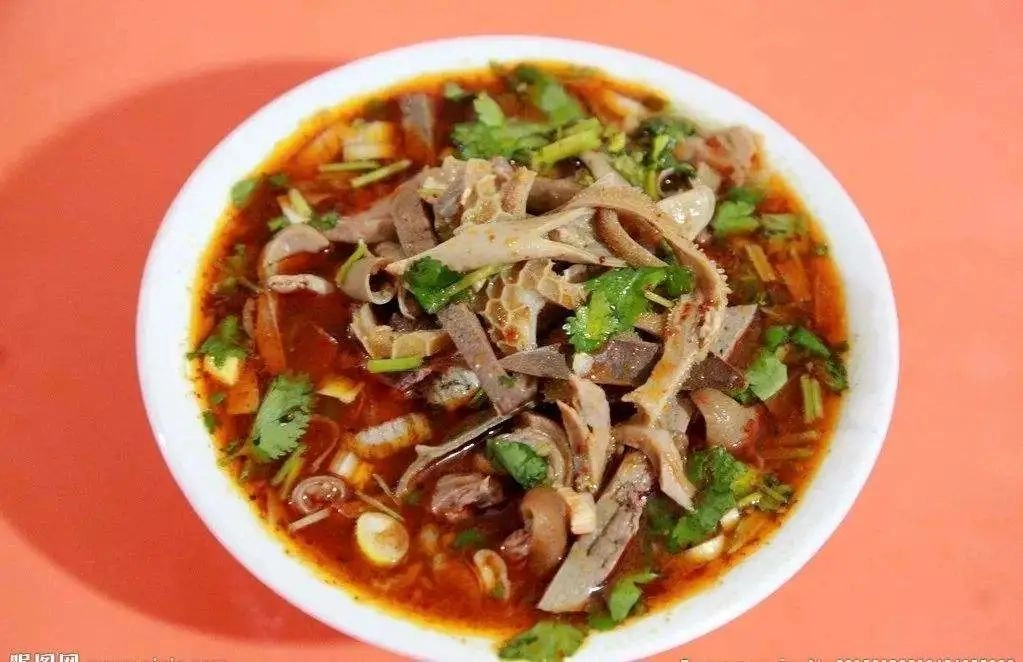A Culinary Journey into the Heart of Gansu: Linxia’s Niu Za Ge
Introduction:
As a food connoisseur, I am always on the lookout for unique and flavorful dishes that reflect the rich cultural heritage of their regions. One such dish that has captured my attention is Linxia Niu Za Ge, a delicacy from Linxia City in Gansu Province, China. This dish, a harmonious blend of hearty beef soup and a variety of beef offal, is not only a testament to the culinary traditions of the area but also a symbol of the ingenuity and resourcefulness of the local people.
Origin and Cultural Background:
The origins of Niu Za Ge can be traced back to the pastoral traditions of the region, where cattle have been an integral part of the local economy and culture. The dish is believed to have evolved as a way to utilize every part of the animal, reflecting the thrifty and sustainable practices of the community. Over time, it has become a beloved comfort food, enjoyed by locals and visitors alike for its rich flavors and warming properties.
Ingredients and Preparation:
The essence of Linxia Niu Za Ge lies in its ingredients. The primary components are a rich beef bone broth, a medley of beef offal (including tripe, heart, liver, and other parts), and a generous sprinkling of garlic chives, which add a pungent freshness to the dish. The beef bones are simmered for hours to extract their collagen and flavors, creating a deeply flavorful base for the soup. The offal is meticulously cleaned and prepared, then cooked until tender, ensuring that each piece absorbs the broth’s rich flavors.
Texture and Appearance:
The presentation of Niu Za Ge is as important as its taste. The soup is served in a traditional bowl, with the beef offal pieces arranged in an aesthetically pleasing manner. The dark, rich broth contrasts with the lighter offal, while the vibrant green of the garlic chives adds a pop of color and freshness. The texture of the dish is a delightful combination of the tender offal and the slightly chewy, yet soft, tripe, all enveloped in the silky broth.
Signature Dishes and Cuisine:
Niu Za Ge is often served as a standalone dish, but it can also be the star of a larger meal. It pairs well with a variety of traditional Chinese breads, such as steamed buns or flatbreads, which can be used to soak up the delicious broth. Additionally, the beef broth can be used as a base for other dishes, such as noodle soups or stews, providing a hearty and warming foundation for a meal.
Culinary Characteristics:
The unique characteristics of Linxia Niu Za Ge stem from its balance of flavors and textures. The robust, savory broth is complemented by the tender offal, creating a symphony of tastes that is both satisfying and nourishing. The dish is known for its warming properties, making it a popular choice during the cooler months. Moreover, the use of garlic chives adds a layer of complexity to the dish, providing a sharp contrast to the rich, meaty flavors.
Conclusion:
In conclusion, Linxia Niu Za Ge is more than just a dish; it is a culinary experience that encapsulates the spirit of Gansu’s Linxia region. Its rich history, careful preparation, and delightful flavors make it a must-try for anyone seeking to explore the diverse and vibrant cuisine of China. As a food professional, I am always eager to share such authentic and deeply rooted dishes with food enthusiasts around the world, and Linxia Niu Za Ge certainly stands out as a testament to the region’s culinary prowess.
